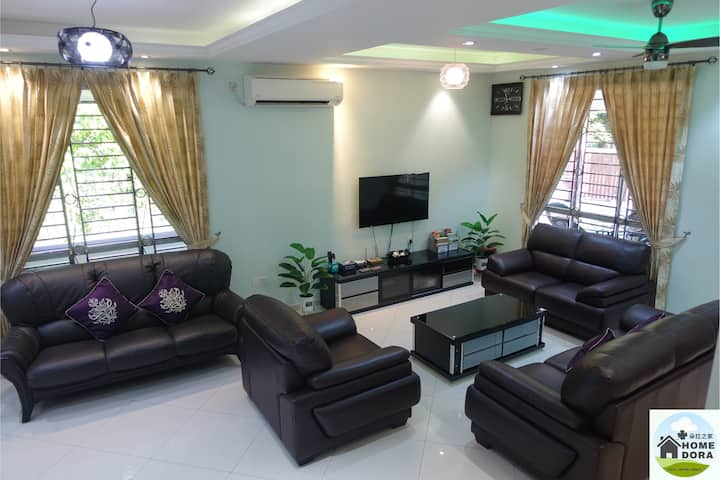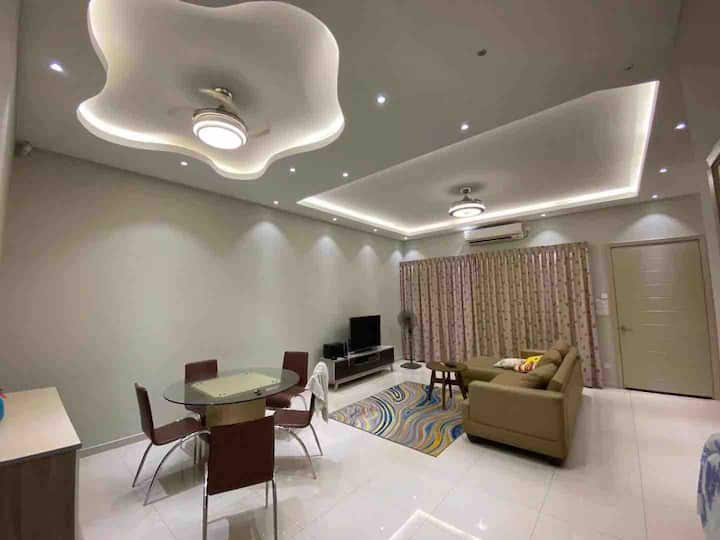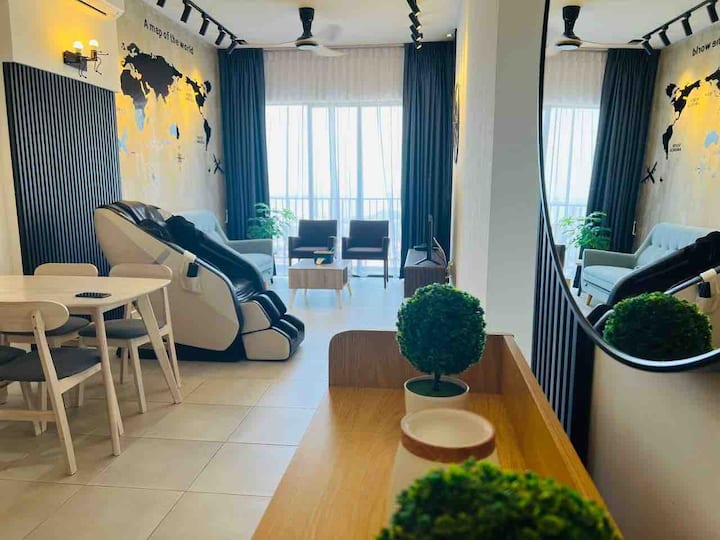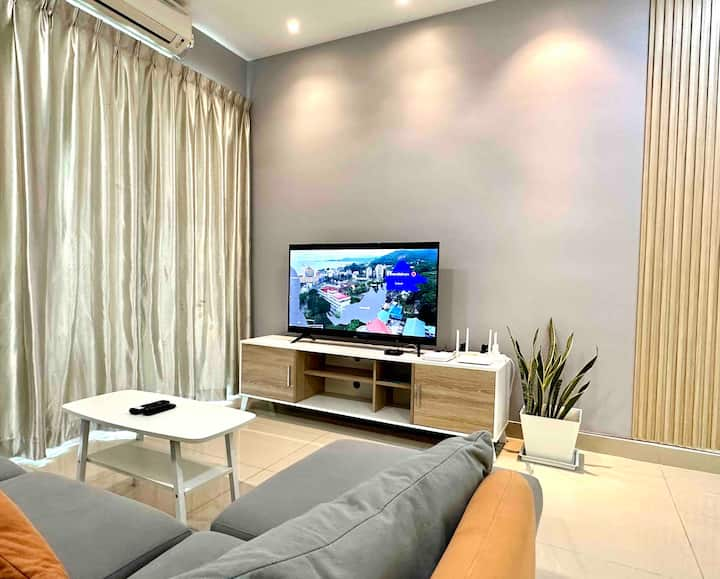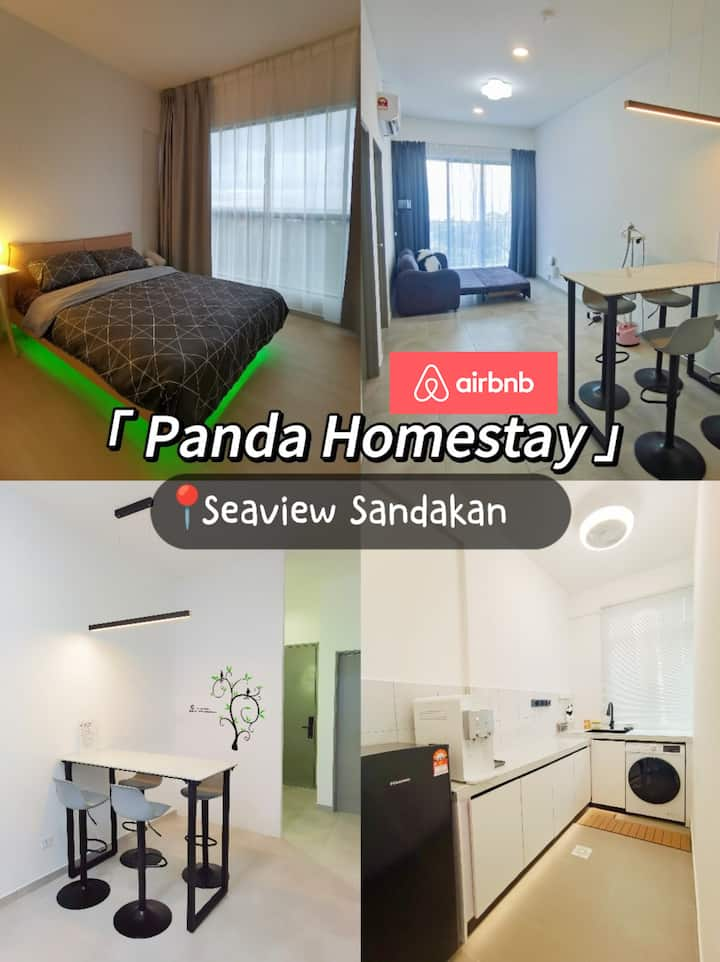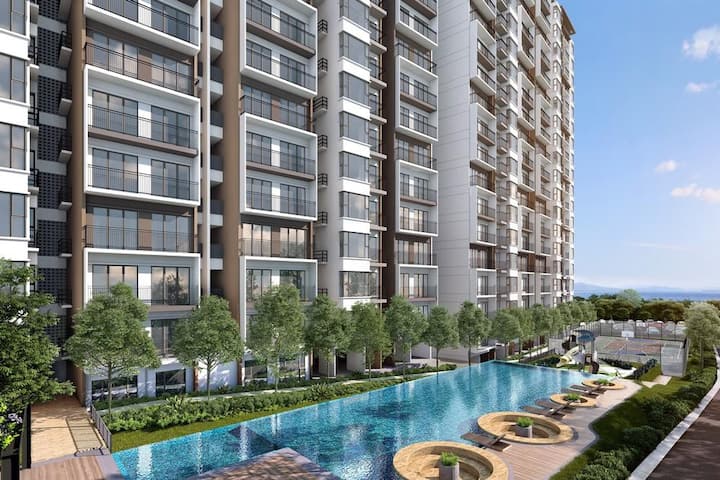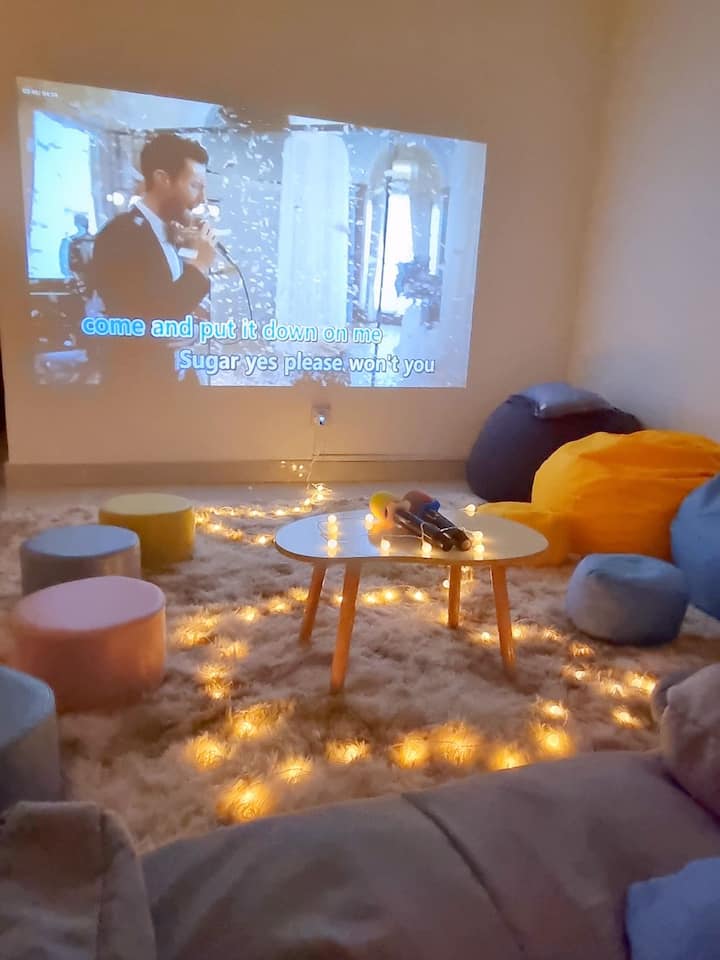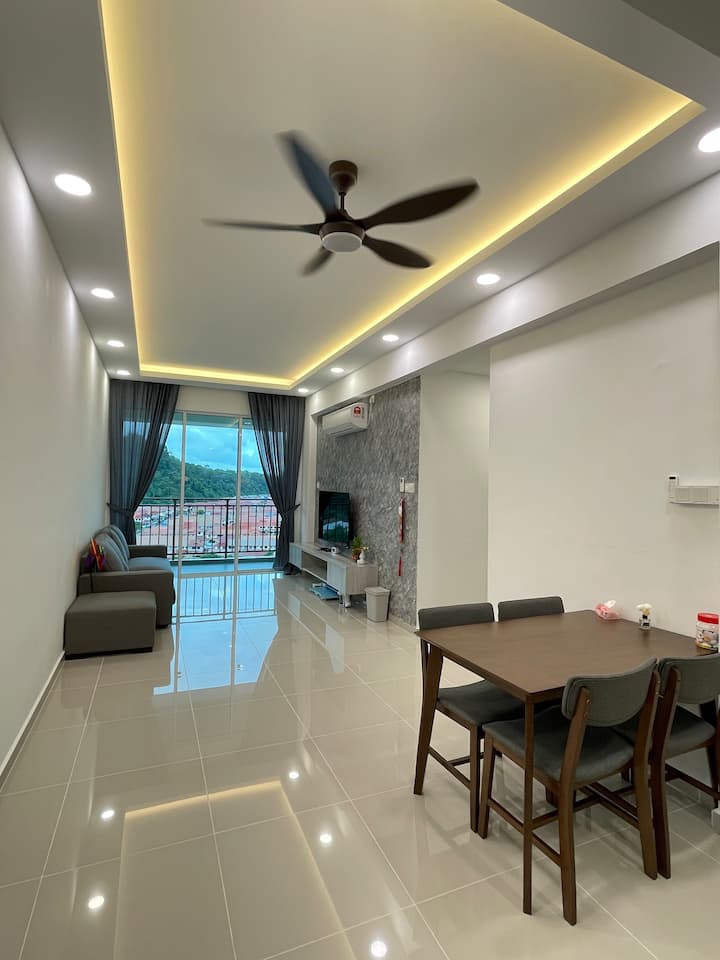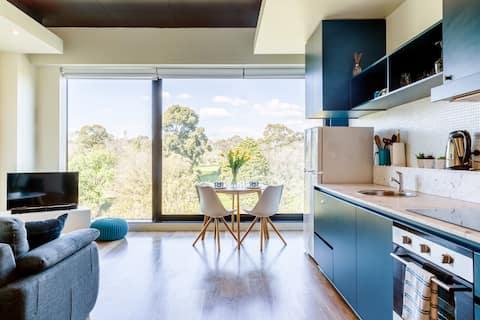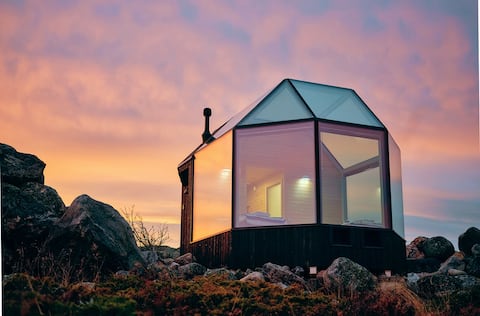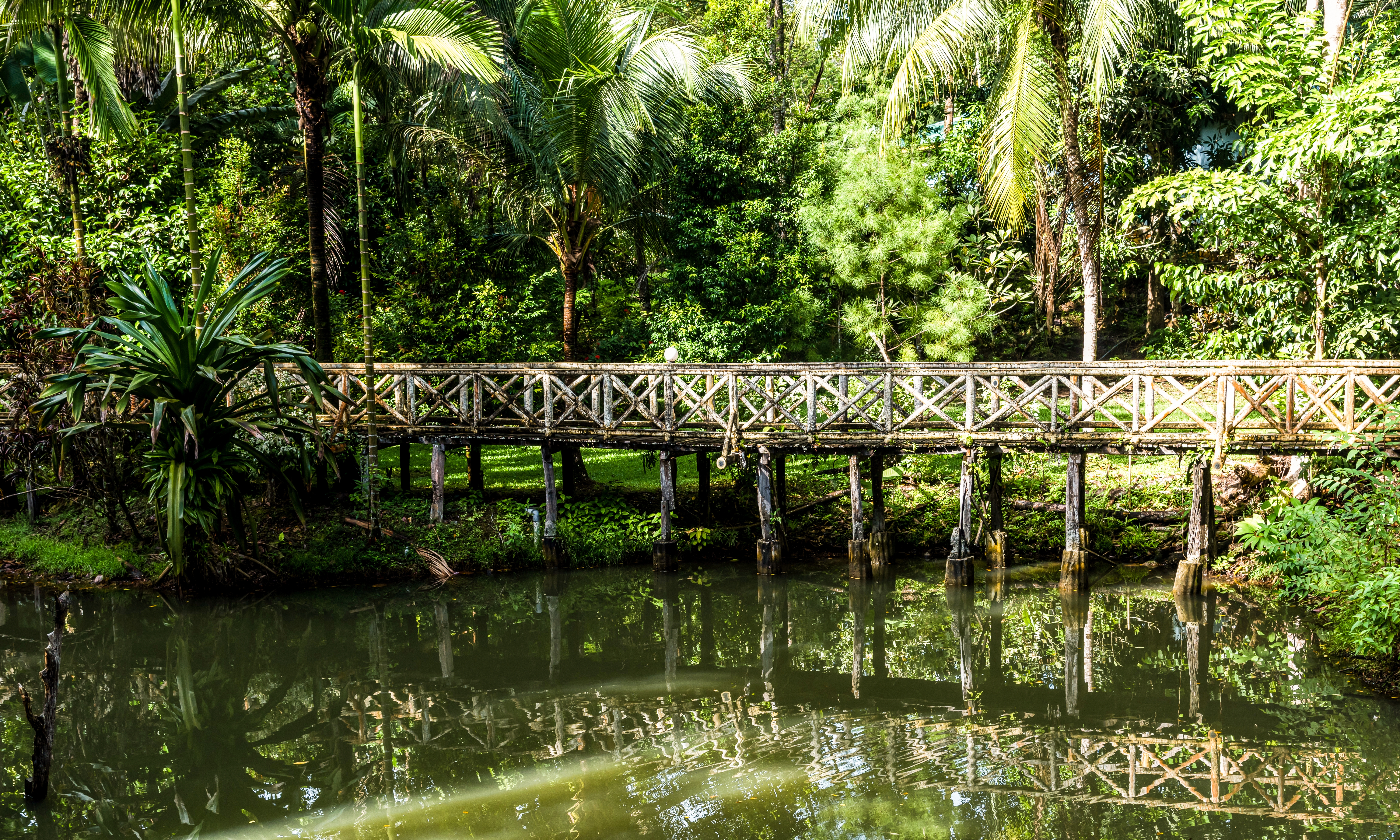
Sandakan vacation rentals
Book unique vacation rentals, houses, and more on Airbnb
Top-rated vacation rentals in Sandakan
Guests agree: these vacation rentals are highly rated for location, cleanliness, and more.
Vacation rentals for every style
Get the amount of space that is right for you
Popular amenities for Sandakan vacation rentals
Stay near Sandakan's top sights
Other great vacation rentals in Sandakan

Condo in Sandakan
4.78 out of 5 average rating, 18 reviewsSunnyDay Homestay @ Sri Indah Condominium Sandakan
Aug 15 – 22
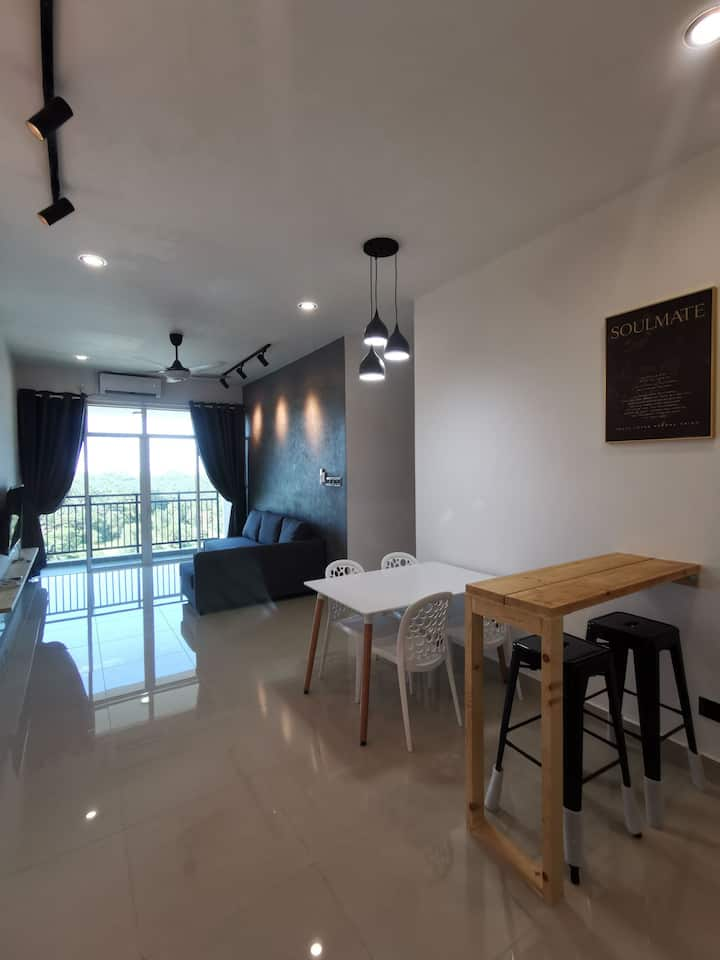
Condo in Sandakan
4.87 out of 5 average rating, 76 reviewsRainbow homestay 2 @ IJM South Condo
Jun 6 – 13
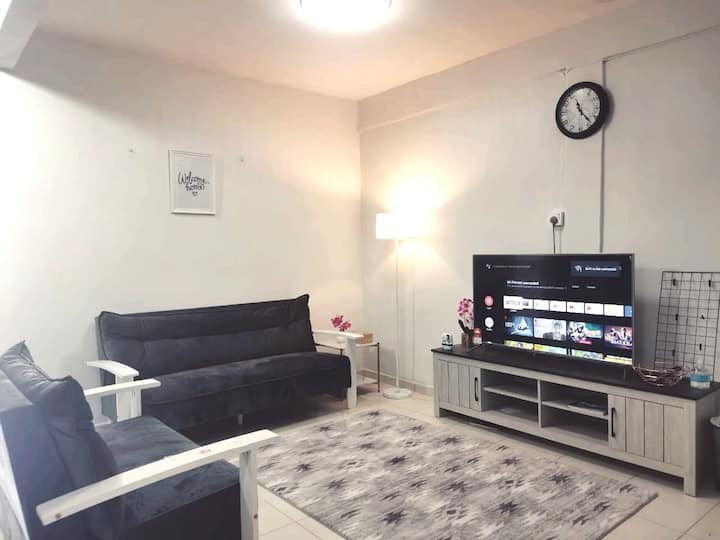
Home in Sandakan
4.85 out of 5 average rating, 26 reviewsVirta Guesthouse
Jul 1 – 8

Home in Sandakan
4.82 out of 5 average rating, 11 reviews11Homestay [6-8pax]*NEW* Safe & Cozy Place
Aug 27 – Sep 3

Apartment in Sandakan
4.88 out of 5 average rating, 8 reviewsSandakan Grand Seaview
Jul 4 – 11
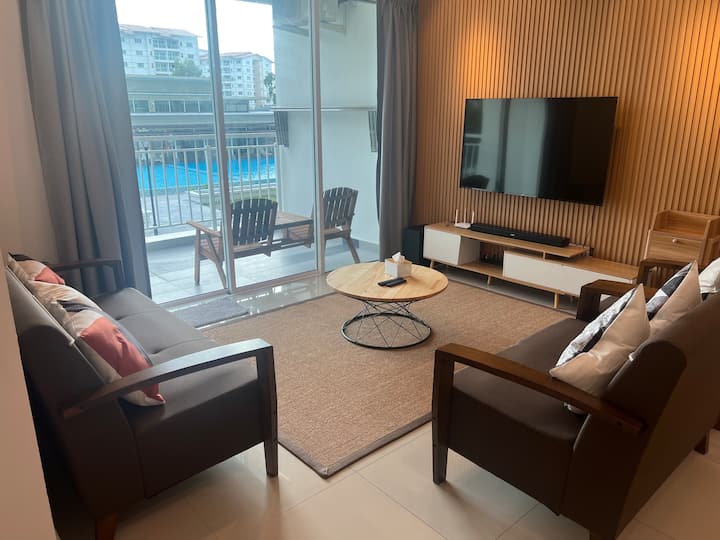
Apartment in Sandakan
5.0 out of 5 average rating, 9 reviewsMuji Wi-Fi Aircond HomeStay
Sep 22 – 29
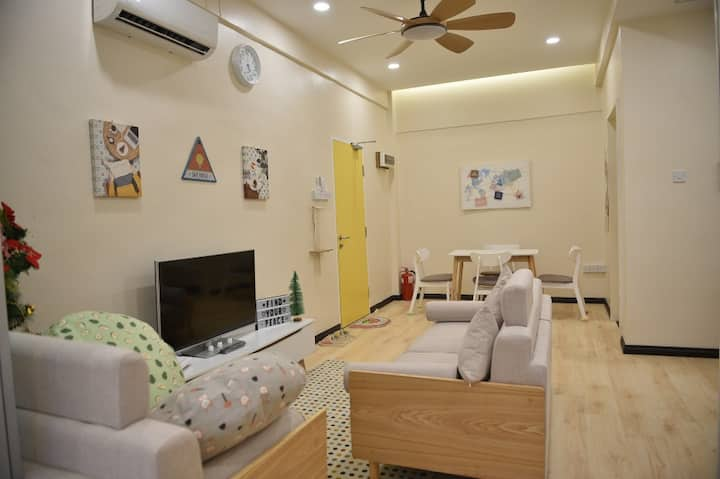
Apartment in Sandakan
5.0 out of 5 average rating, 4 reviewsYour home away from home.
Sep 8 – 15
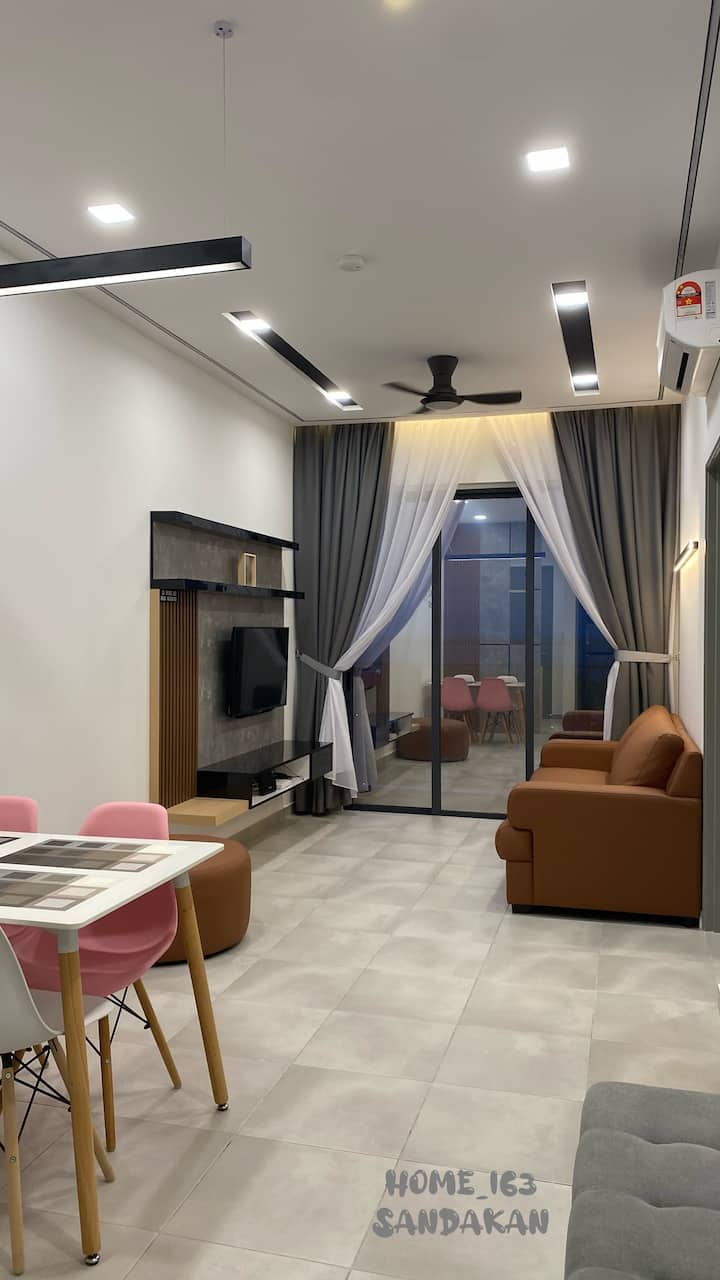
Apartment in Sandakan
5.0 out of 5 average rating, 19 reviewsHome_163
Jan 30 – Feb 6
Other great vacation rentals in Sandakan
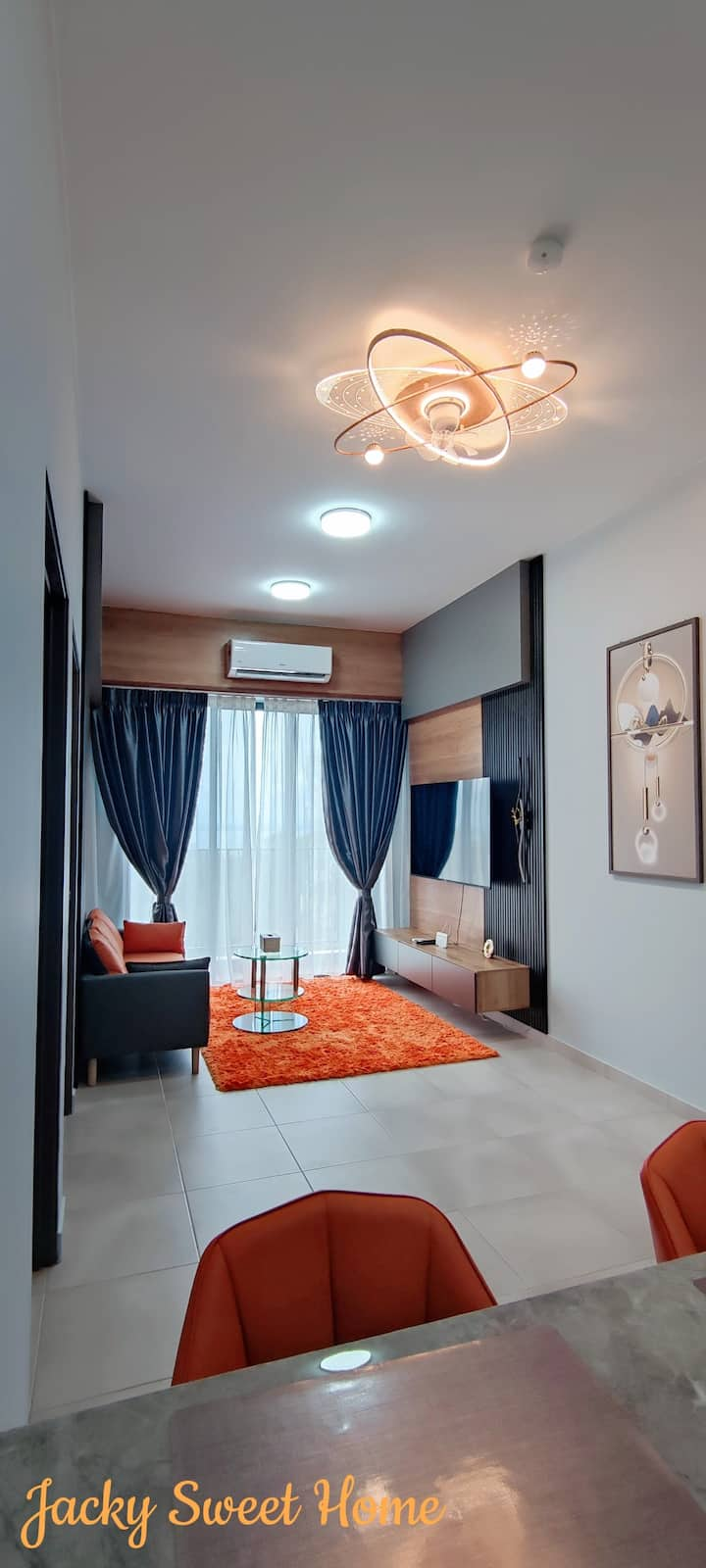
Condo in Sandakan
5.0 out of 5 average rating, 3 reviewsJacky Sweet Home - Entire Condo
Jun 11 – 18
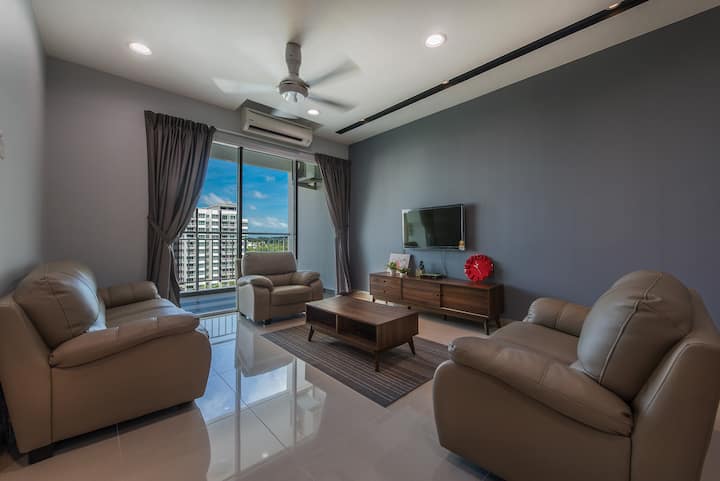
Condo in SANDAKAN
4.74 out of 5 average rating, 80 reviewsD'Serenity Sandakan , Sri Utama Condominium
Jun 25 – Jul 2
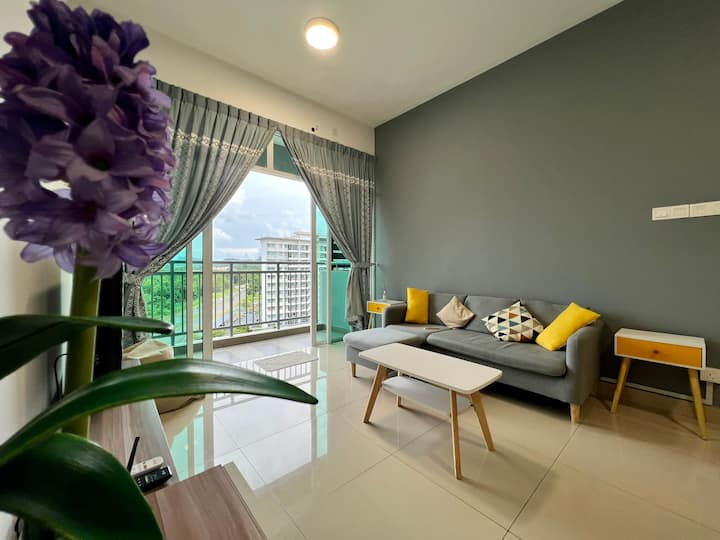
Condo in Sandakan
4.87 out of 5 average rating, 30 reviewsHomestay, Utama South IJM. 6Guest.
Jul 24 – 31
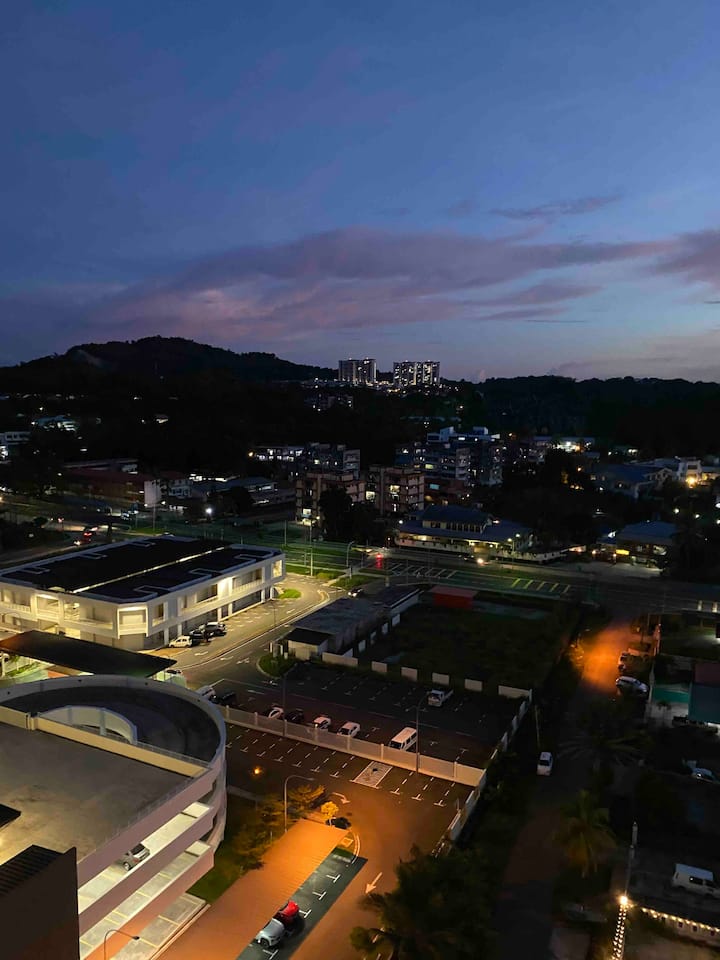
Condo in Sandakan
5.0 out of 5 average rating, 3 reviews2bedroom Az Homestay @ Borneo Cove
Jun 4 – 11
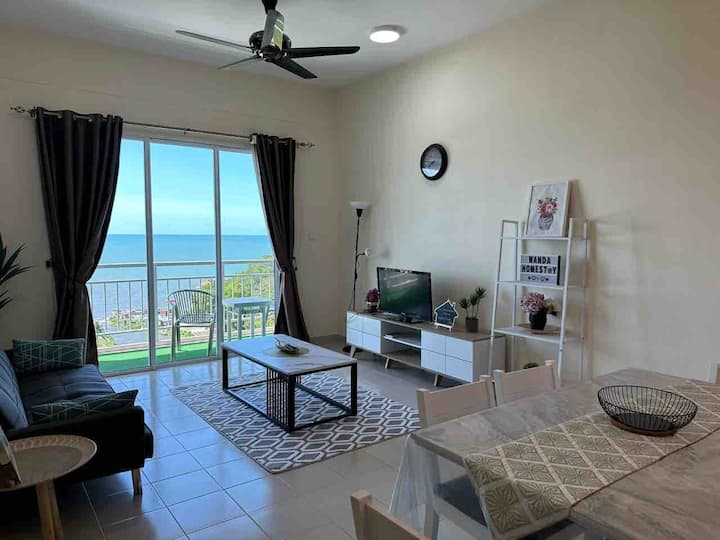
Condo in Sandakan
4.72 out of 5 average rating, 43 reviewsHomestay in Sandakan - Residensi Pr1ma Borneo Cove
Sep 27 – Oct 4
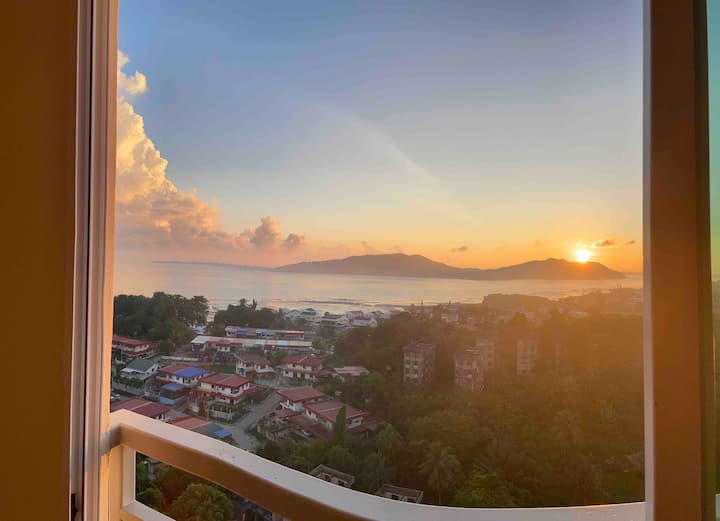
Apartment in Sandakan
5.0 out of 5 average rating, 4 reviewsP&B Homestay
May 21 – 28
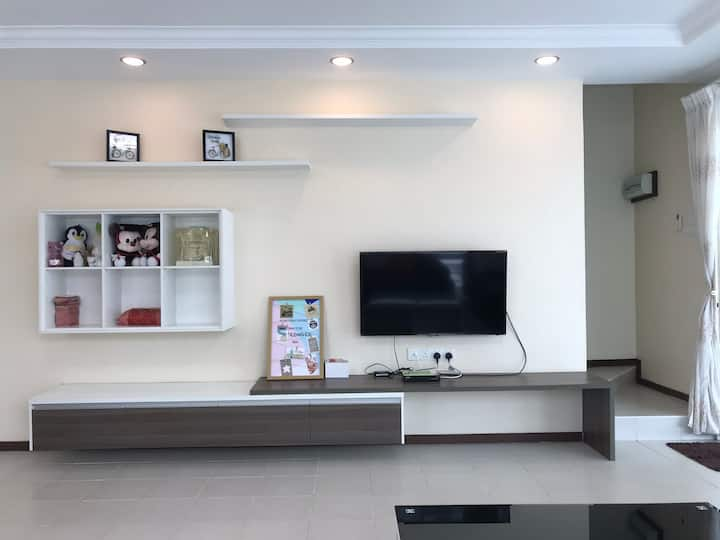
Home in Sandakan
4.8 out of 5 average rating, 64 reviewsAnJLove Homestay @ Taman Sejati Ujana
Feb 18 – 25
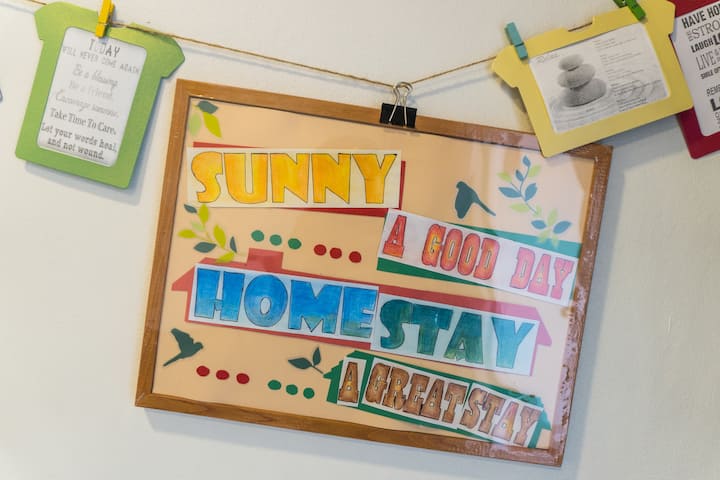
Home in Sandakan
4.55 out of 5 average rating, 54 reviewsSunny Homestay Sandakan
Jun 1 – 8
Quick stats about vacation rentals in Sandakan
Total rentals
280 properties
Rentals with dedicated workspaces
100 properties have a dedicated workspace
Rentals with a pool
50 properties have a pool
Pet-friendly rentals
10 properties allow pets
Family-friendly rentals
210 properties are a good fit for families
Total number of reviews
2.3K reviews
Your guide to Sandakan
All About Sandakan
From Malaysia’s tallest peak, Mount Kinabalu, to the depths of the Gomantong Caves and the Sulu Sea, Sandakan offers rich natural diversity. The port city is located in the state of Sabah on the northeastern coast of Borneo, the largest island in Southeast Asia. Here, Mount Kinabalu towers over two miles above Kinabalu Park, Malaysia’s first UNESCO World Heritage site recognized as one of the most critical rainforests in the world.
The city is known for beautiful temples, rare orchids, and its commitment to animal rehabilitation. At the Labuk Bay Proboscis Monkey Sanctuary, you can learn about the species and efforts being made to get them off the endangered list. At Turtle Islands Park, you can see young green and hawksbill turtles that are hatched on the beaches swimming to sea — or you can scuba, swim, or snorkel to spy clownfish and butterflyfish in coral reefs.
At the Sandakan Heritage Museum, grab a map and walk the Sandakan Heritage Trail to learn about the city’s history and explore several sites, including the Sam Sing Kung Temple, a Chinese temple built in 1887 honoring the highest gods of traditional Chinese Taoism, and the Malaysia Fountain commemorating the independence of Sabah in 1963. After working up an appetite, have lunch at the Sandakan Central Market, where eateries serve Malay, Chinese, and Filipino cuisine.
The best time to stay in a vacation rental in Sandakan
Sandakan is hot and humid year-round, with high rainfall possible throughout the year. December is by far the wettest month, and you’ll see the least rain in April, but you should always be prepared with an umbrella, just in case. If you’re hoping to see turtles from a respectful distance, the best time to visit is March to July, when the babies hatch and make their way to the sea, or July to October to see the mothers coming ashore to lay their eggs. In August, the Borneo Rhythms of Rimba Wildlife Festival (ROR) is an outdoor event with music and art at the Rainforest Discovery Centre. At the end of September, you can experience cooking competitions and great food at the Sandakan Festival.
Top things to do in Sandakan
Puu Jih Shih Temple
For a panoramic view of Sandakan and to learn more about the culture of the local Chinese community, you can take a bus 2.5 miles from downtown, then walk up the hill (or take a taxi) past more than a dozen colossal statues of Buddha to the entrance of the Puu Jih Shih Temple. Through the red-roofed, three-arched gateway — notable for its size and classical design of green dragons with cobalt, red, and gold accents — you’ll find a courtyard adorned with pink and gold globe lanterns. From there, you may quietly explore the tranquil gardens and interiors.
Kabili-Sepilok Forest Reserve
Less than 20 miles west of Sandakan, you can see hundreds of species of birds, animals, and flowers at the Rainforest Discovery Centre from steel walkways 32 yards above. From platforms near feeding stations at the Sepilok Orangutan Rehabilitation Centre, you may see orphaned baby orangutans that were rescued from logging sites or illegal hunters being nursed to health, trained to survive again in the wild, and released. Likewise, tiny rescued sun bears roam the Bornean Sun Bear Conservation Center, where they are rehabilitated and released into the wild. At each of these conservation centers, direct contact with the animals is strictly prohibited.
Kinabatangan River
Take a cruise down Malaysia’s second-longest river, the 347-mile-long Kinabatangan River. Along the scenic waterway are riparian and mangrove forests, and you might be lucky enough to spot proboscis monkeys, Bornean pygmy elephants, macaque monkeys, crocodiles, or freshwater sharks.
Frequently Asked Questions
Are there pet-friendly vacation rentals in Sandakan?
Four-legged friends are welcome in Sandakan. Choose from more than 10 vacation rentals for guests traveling with pets.
How much does it cost to stay in apartment rentals in Sandakan?
Experience the best of Sandakan with our apartment rentals, starting at about $10 per day, before taxes and fees. Embrace comfort and style while staying within your budget in your home away from home.
Are there Sandakan condo rentals on Airbnb with pools?
Yes! Dive into the perfect getaway at one of over 20 condo rentals with pools in Sandakan, available on Airbnb. Make a splash and soak up the sun in style!
Do condo rentals in Sandakan have a gym?
Absolutely! We offer over 30 condo rentals with a gym in Sandakan. Enjoy a tailored experience with all the comforts you desire.
Are there house rentals with a dedicated workspace in Sandakan?
Yes! Work meets play with ease at over 30 house rentals in Sandakan featuring dedicated workspaces. Stay connected and productive in your home away from home.
Are there family-friendly condo rentals in Sandakan?
Sandakan has more than 40 family-friendly condo rentals. Amenities on the property may include high chairs, travel cribs, or strollers.
Do house rentals in Sandakan have air conditioning?
Absolutely! We offer over 90 house rentals with air conditioning in Sandakan. Enjoy a tailored experience with all the comforts you desire.
Do townhouse rentals in Sandakan have wifi?
Absolutely! We offer over 10 townhouse rentals with wifi in Sandakan. Enjoy a tailored experience with all the comforts you desire.
Destinations to explore
- Kota Kinabalu Vacation rentals
- Kundasang Vacation rentals
- Mabul Island Vacation rentals
- Mesilau Vacation rentals
- Tawau Vacation rentals
- Labuan Vacation rentals
- Semporna Vacation rentals
- Kudat Vacation rentals
- Kota Kinabalu District Vacation rentals
- Kota Marudu Vacation rentals
- Tenom Vacation rentals
- Lahad Datu Vacation rentals
- Yurt Rentals United States
- Yurt Rentals United Kingdom
- Castle Rentals United States
- Houseboats United States
- Holiday Caravans United Kingdom
- Private Island Rentals United States
- Farm Houses United States
- Farm Cottages United Kingdom
- Cabin Rentals Australia
- Luxury Cabins United Kingdom
- Luxury Cabins United States
- Holiday Chalets United Kingdom
- Cottage Rentals United States
- Holiday Cottages United Kingdom
- Mansion Rentals United States
- Villa Rentals United Kingdom
- Holiday Bungalows United Kingdom
- Bungalow Rentals United States
- Condo Rentals United States
- Holiday Apartments Australia
- Holiday Houses United States
- Holiday Houses United Kingdom
- Private Holiday Rentals United Kingdom
- Big House Rentals United States
- Big Cottages Australia
- Large Villas United Kingdom
- House Rentals with a Pool United States
- Cabin Rentals with a Pool United States
- Villas with a Pool United Kingdom
- Apartments with a Hot Tub United States
- Holiday Cottages with a Hot Tub United Kingdom
- Beach Cabins United States
- Beach Condos United States
- Beachfront Rentals United States
- Beach Houses United Kingdom
- Beach Villas United Kingdom
- Coastal Cottages United Kingdom
- Pet-Friendly Vacation Rentals United States
- Pet-Friendly Beach Rentals United States
- Pet-Friendly Cabin Rentals United States
- Dog-Friendly Cottages United Kingdom
- Luxury Dog-Friendly Cottages United Kingdom
- Family travel hub Tips and inspiration
- Family budget travel Get there for less
- Vacation ideas for any budget Make it special without making it spendy
- Travel Europe on a budget How to take the kids to Europe for less
- Outdoor adventure Explore nature with the family
- Bucket list national parks Must-see parks for family travel
- Kid-friendly state parks Check out these family-friendly hikes
